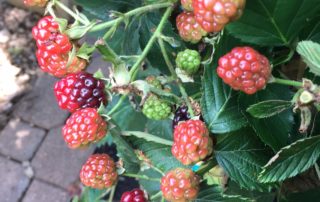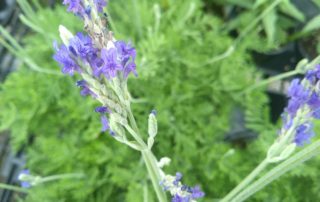Roots and How They Grow
It is difficult to know how to water plants if we do not understand how (and where) their roots grow. Do we water just at the base of the plant? How long do we water a plant, and how deep does the water need to go? These are questions that I hear almost every day at the nursery. Let us begin with tree roots. In the first year, when establishing a newly planted tree, apply water to the area above the original root ball and about one foot beyond. [...]












